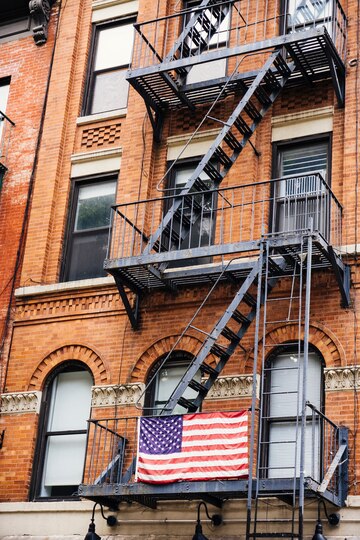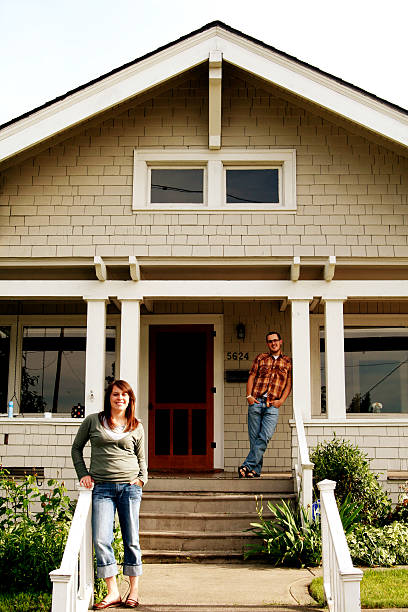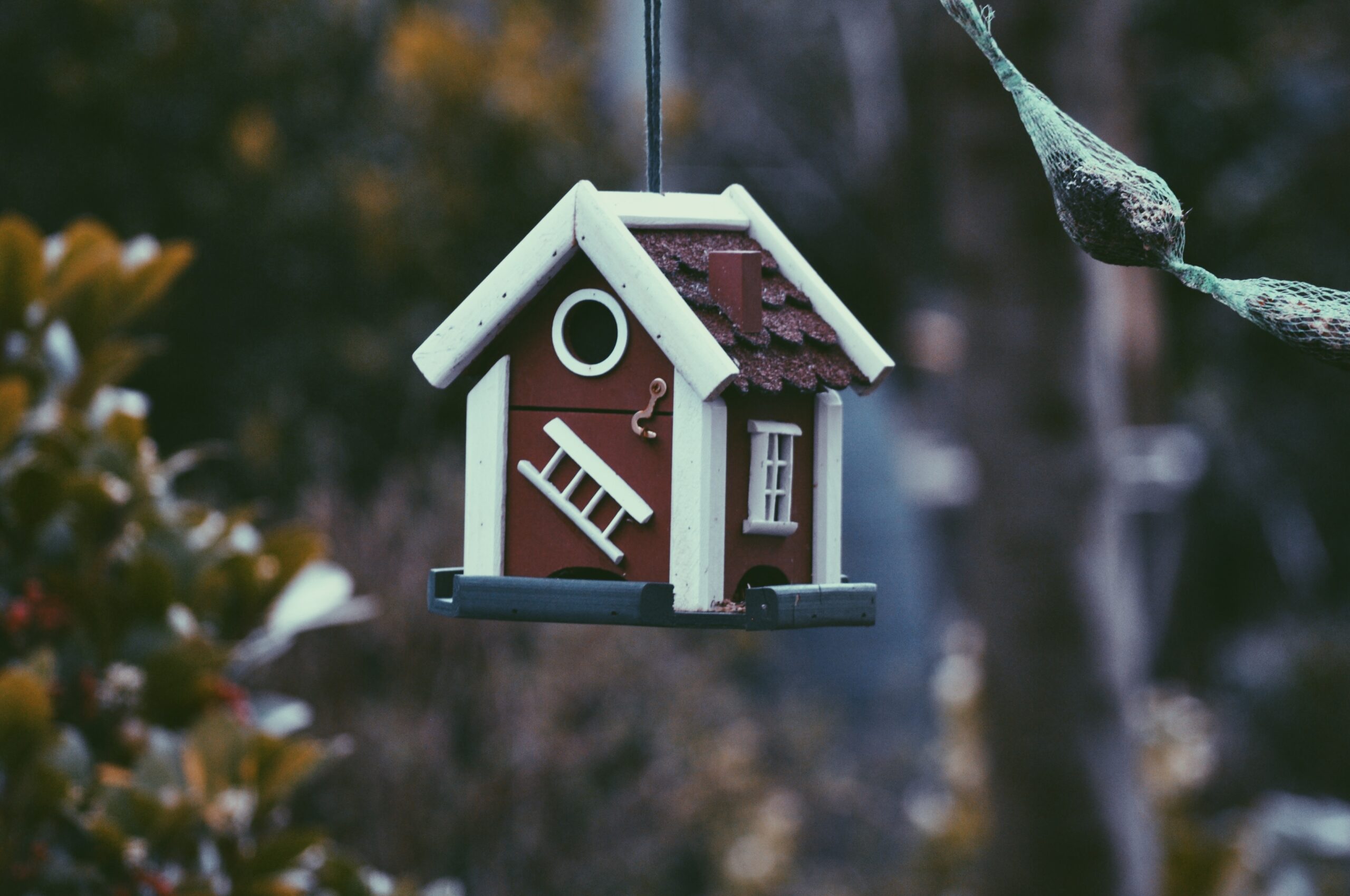Real estate has always been more than bricks, land, and property rights. It reflects culture, ambition, economics, and the dreams of nations. In the twenty-first century, three destinations capture the world’s imagination when it comes to property investment: the United States as a whole, New York City as its crown jewel, and Dubai as the Middle Eastern wonder city.
But why are these markets so captivating? And what lessons can investors, professionals, and ordinary readers learn by comparing them?
Before diving into the contrasts between Dubai and New York, it is important to understand the sheer size, diversity, and complexity of the U.S. housing market itself.
The U.S. Real Estate Market: A Vast and Diverse Landscape
The United States is not one real estate market; it is dozens, even hundreds, of unique ecosystems. Property values in Los Angeles differ vastly from those in Cleveland, Ohio. A mansion in Miami Beach carries different investment dynamics than a ranch in Texas.
Size and Scale
- The U.S. real estate market is valued at tens of trillions of dollars, making it the largest property market on earth.
- Housing accounts for a huge share of American household wealth—owning a home is still considered the ultimate symbol of the “American Dream.”
- From suburban single-family homes to skyscraper condos, the variety of properties is unmatched.
Diversity of Market Conditions
Unlike Dubai, which is governed centrally with uniform rules across the emirate, the U.S. market is fragmented. Each state, and even each county or city, has its own tax policies, zoning rules, and market behavior.
For example:
- California has strict land-use regulations, which drive prices sky-high in coastal cities.
- Texas offers more flexible development rules, keeping housing relatively affordable.
- Florida attracts retirees and international buyers with its climate and tax advantages.
This patchwork system creates opportunities for investors who are able to read the nuances of each local market.
The Role of New York City
If the U.S. is the largest real estate market in the world, New York City is its beating heart. It is often treated as a separate conversation altogether because its prices, lifestyle, and investment returns are unlike almost any other U.S. city.
- New York is home to Manhattan, where average apartment prices often exceed $1–2 million for small units.
- The city attracts foreign investors, many from China, the Middle East, and Europe, who treat New York property as a safe store of value—almost like gold.
- Skyscrapers such as 432 Park Avenue or the new Hudson Yards development showcase the luxury side of American property.
But New York also has a vast rental market. Unlike Dubai, where home ownership is more common among investors, New York is famous for being a city of renters—about two-thirds of residents rent instead of owning.
America vs. Dubai: A Different Real Estate DNA
Before going deeper into Dubai, let us highlight some fundamental differences:
- Age of Market:
- U.S. real estate has been evolving for centuries, with cycles of booms and busts.
- Dubai’s property market is relatively new, with its first major boom starting only in the early 2000s.
- Regulation:
- In the U.S., multiple layers of federal, state, and local rules apply.
- In Dubai, the real estate sector is tightly controlled by government authorities like RERA (Real Estate Regulatory Agency).
- Cultural Attitude:
- In America, buying a home is tied to personal stability and family life.
- In Dubai, buying property is often tied to investment and luxury living, especially for expatriates.Dubai: From Desert Outpost to Global Property Hotspot
Only a few decades ago, Dubai was known more for its trading ports and pearl diving than for its skyline. Yet today, it is a symbol of modernity, luxury, and architectural ambition. The city has transformed itself into one of the most dynamic real estate markets on the planet, rivaling long-established centers like New York and London.
The Early 2000s Boom
The story of Dubai’s real estate begins in earnest in the early 2000s, when the government opened up property ownership to foreign investors. This was a game changer.
2002 Freehold Law: Allowed foreigners to own property in designated areas.
Overnight, Dubai became a playground for investors from Europe, Asia, and the Middle East.
Projects such as the Palm Jumeirah and Burj Khalifa District made global headlines, drawing attention to Dubai’s futuristic vision.
Iconic Architecture as a Selling Point
Dubai did not just sell apartments—it sold dreams. The government and private developers built landmarks designed to put Dubai on the map:
Burj Khalifa: The tallest building in the world, a symbol of ambition.
Palm Islands: Man-made islands shaped like a palm tree, visible from space.
The World Islands: An archipelago resembling a map of the globe.
These projects were more than engineering feats—they were marketing tools. Investors wanted to own a slice of this audacity.
The Global Investor Magnet
Dubai’s property market has thrived because it attracts an extraordinary mix of buyers:
Middle Eastern investors see it as a safe and prestigious hub.
Russians, Europeans, and Asians invest for both holiday homes and rental yields.
Wealthy Africans and South Asians often park capital in Dubai to escape volatility back home.
The emirate markets itself as a global hub with world-class infrastructure, airports, and tax-friendly policies.
Tax Advantages
Unlike the U.S., Dubai has:
No property tax
No capital gains tax
No income tax for residents
This makes real estate ownership far more attractive, particularly for wealthy expatriates.
Luxury and Lifestyle
In Dubai, real estate is not only about the property—it’s about the lifestyle.
Gated Communities: Emirates Hills, Jumeirah Golf Estates, Arabian Ranches.
Beachfront Living: Jumeirah Beach Residences, Bluewaters Island.
Downtown Glamour: Apartments overlooking the Burj Khalifa and Dubai Fountain.
Developers sell experiences: infinity pools, concierge services, luxury malls, and five-star hotels integrated into residential complexes.
For many buyers, owning a home in Dubai is not just an investment but a status symbol.
Market Resilience and Volatility
While Dubai is glamorous, it is not without risks. The market has seen wild cycles:
2008–2009 Global Crisis: Property values fell by up to 50%.
Recovery in 2012–2014: Driven by new investors and Expo 2020 hype.
Pandemic Dip (2020): Followed by a record-breaking surge in 2021–2023 as wealthy individuals sought second homes.
This volatility contrasts with the U.S. market, which also cycles but generally in slower, more predictable waves.
Regulation and Transparency
Dubai has made major efforts to professionalize its real estate sector. Institutions like the Dubai Land Department (DLD) and the Real Estate Regulatory Agency (RERA) enforce rules, oversee transactions, and maintain a degree of investor protection.
Escrow Accounts: Developers must place buyers’ funds in protected accounts.
Strict Advertising Rules: Prevent false promises.
Ownership Rights: Clear contracts for foreign buyers.
This regulatory framework reassures international investors, though the system is still less transparent than mature Western markets.
The Rental Market
One of Dubai’s strengths is its high rental yields.
Average yields range from 6% to 10%, much higher than in New York (2–4%).
Areas like Dubai Marina, Business Bay, and Downtown are magnets for short-term rentals and Airbnb-style investments.
Tourism and expatriate workers ensure strong demand for furnished rentals.
This makes Dubai particularly appealing to investors focused on income, not just capital appreciation.
Dubai vs. The American Dream
When comparing Dubai to the U.S., the difference is philosophical:
In America, property is tied to permanence, community, and stability.
In Dubai, property is tied to mobility, luxury, and global capital flow.
Dubai does not sell itself as a place to settle for life—it sells itself as a place to enjoy, invest, and showcase wealth.







